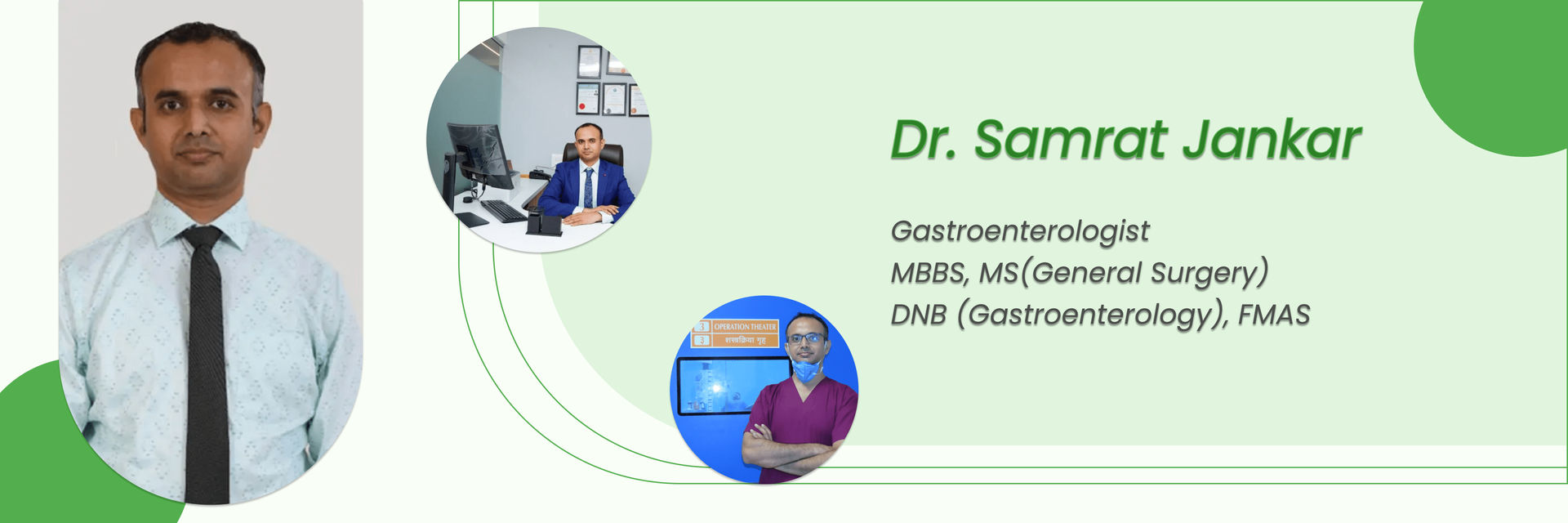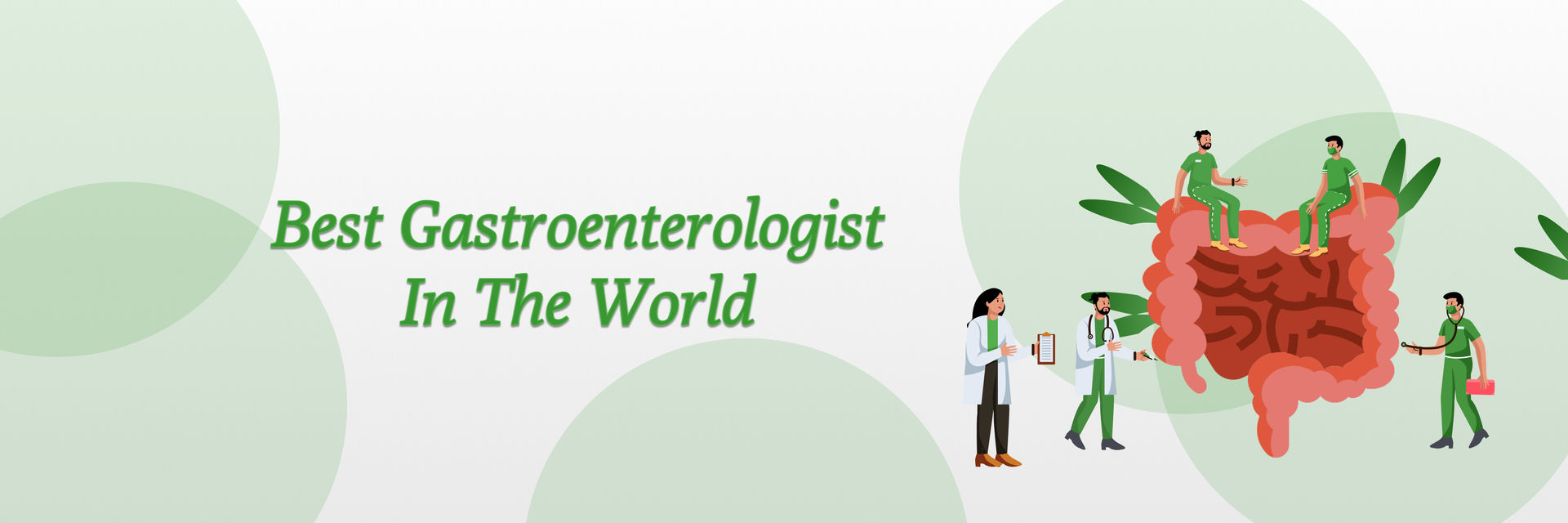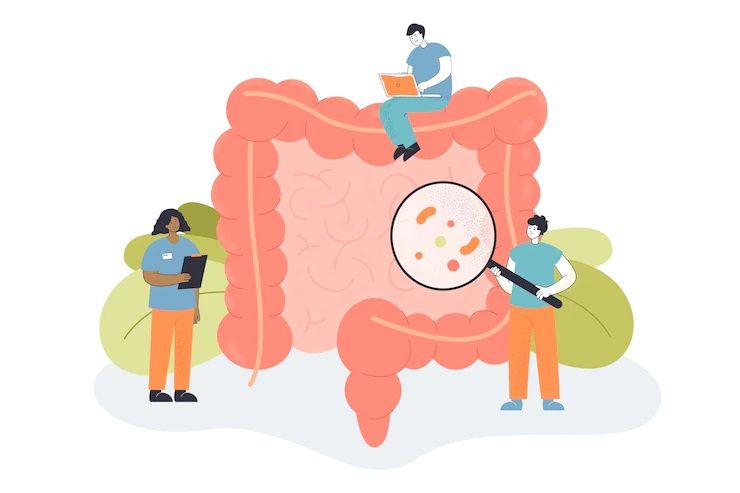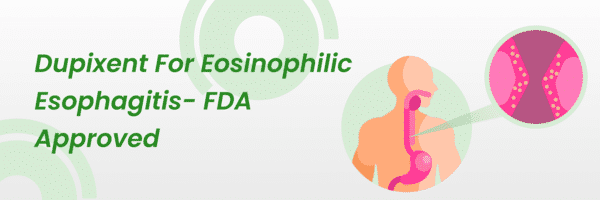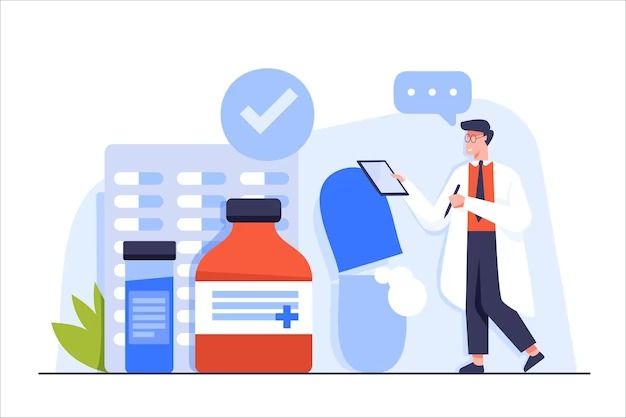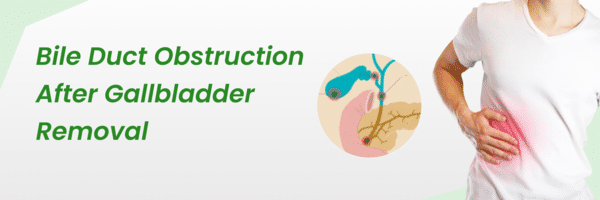Is enduring pain on the right side 2 years after gallbladder removal?
No, pain on the right side two years after gallbladder removal is not considered normal. Persistent pain beyond the initial recovery period is a cause for concern.
In 2019, more people around the world started having gallbladder and bile duct diseases, like gallstones. The number of people with these diseases ranged between approximately 127 million to 193 million. This shows that these health problems are quite common. Surgery is the most preferred treatment option for it. Most patients recover well, but a few of them may develop postcholecystectomy syndrome (PCS). This is characterised by persistent abdominal pain. Incidence rates for PCS range from 5-30%. One study found that 65% of patients had no symptoms, 28% had mild ones, and only 2% had severe issues. Read ahead to our informative blog for a better understanding.
Have you ever wondered why pain persists after gallbladder removal? Let's find out
What are the Possible Causes of Pain on the Right Side 2 Years After Gallbladder Removal?
Gallbladder removal is a safe and effective procedure. But still, you may experience persistent pain. Let's look at a few reasons for pain in the right side 2 years after gallbladder removal:
- Biliary Colic: Although the gallbladder has been removed, you may still experience similar pain. This can occur if small stones are left in the common bile duct or if there are issues with bile flow.
- Sphincter of Oddi Dysfunction: The sphincter of Oddi is a muscular valve. It controls the flow of bile and pancreatic juice into the small intestine. The dysfunction of this sphincter can cause pain and discomfort.
- Postcholecystectomy Syndrome (PCS): This describes a group of symptoms that persist or develop after gallbladder removal. It may include abdominal pain, bloating, gas, and diarrhea. Studies show that postcholecystectomy syndrome can affect up to 40% of individuals. Symptoms may start anywhere from 2 days to 25 years after gallbladder removal.
- Residual Stones: In some cases, small stone fragments or tissue from the gallbladder may remain in the abdominal cavity. This may cause pain.
- Adhesions: Surgical procedures can sometimes cause adhesions or scar tissue. This may cause pain and discomfort.
- Digestive Issues: Gallbladder surgery can affect the digestion of fats. This can cause diarrhoea or irritable bowel syndrome.
- Infection: Although rare, infection at your surgical site or bile ducts can cause pain. Studies show that the cause of post-cholecystectomy syndrome was due to functional disorders in 26% of patients.
- Pancreatitis: Inflammation of the pancreas can cause pain on the right side of the abdomen. It is not a common complication, but it is noteworthy.
- Musculoskeletal Issues: Pain may be musculoskeletal in nature and not linked to the surgery. Causes could include muscle strain, inflammation, or nerve-related problems.
Diagnostic tests such as imaging studies, blood tests and endoscopic procedures may be necessary to identify the underlying cause.
Wondering when to seek medical advice for right-side pain two years after gallbladder removal?
Let's check the symptoms.
Symptoms of pain on the right side 2 years after gallbladder removal
- Ongoing Pain: If you feel intense pain on the right side of your belly and it's lasting or messing with your daily routine, talk to your doctor about it. They can help you determine the condition and how to make you feel better.
- Changes in Symptoms: If there are changes in your symptoms, such as the nature or intensity of the pain, new symptoms, or the recurrence of symptoms.
- Digestive Issues: If you have persistent digestive issues such as nausea, vomiting, bloating, or changes in bowel habits, it's a reason to seek medical advice.
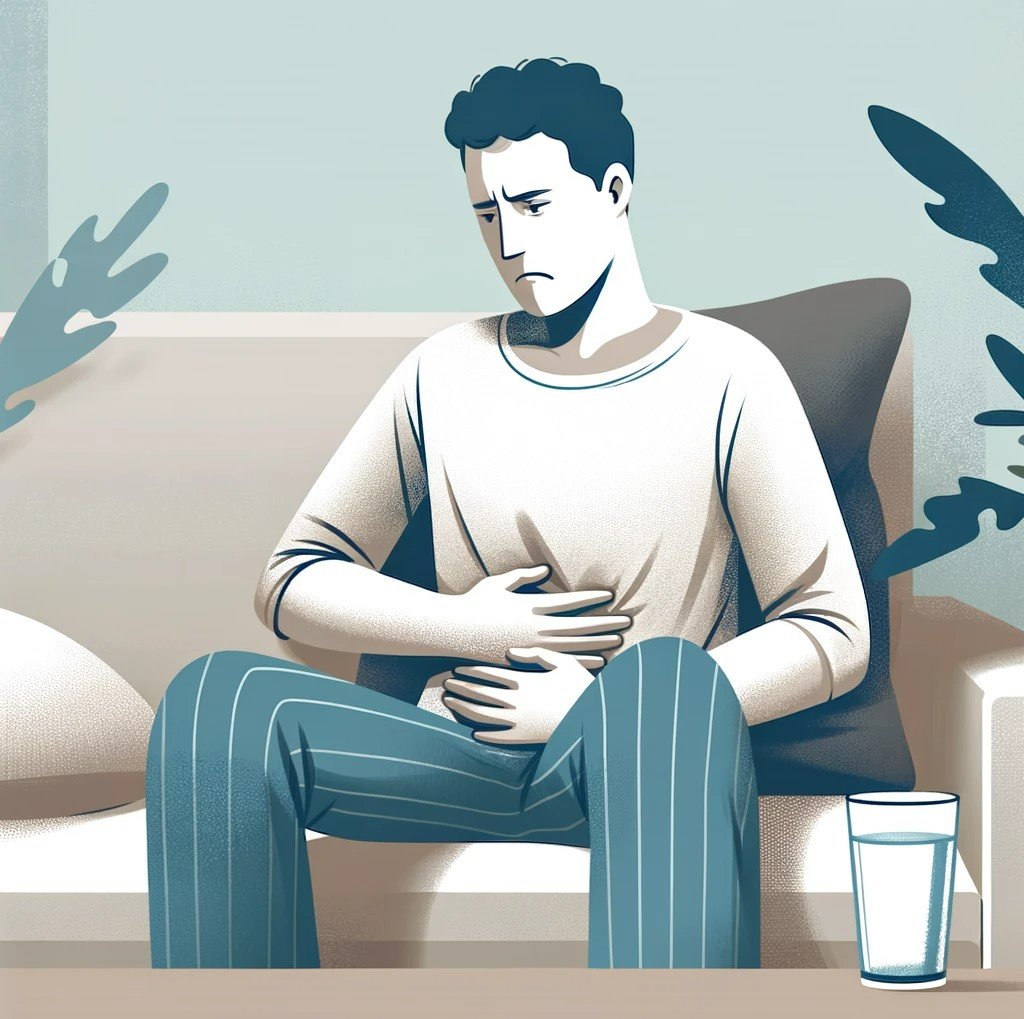
- Fever or Signs of Infection: A fever, chills, or other signs of infection may indicate a complication requiring prompt medical attention.
- Jaundice: Yellowing of the skin or eyes (jaundice) can indicate a problem with the bile ducts. Consult your doctor immediately.
- Unexplained Weight Loss: If you are losing weight without intending to, it may indicate an underlying issue that needs investigation.
- Difficulty Eating or Swallowing: If you are having difficulty eating or swallowing, it's important to seek medical advice.
- Severe or Worsening Symptoms: If your symptoms are severe or getting worse over time, it's essential to consult your doctor.
- Persistent symptoms: Latest studies have determined the incidence of persistent symptoms such as diarrhoea [26%–85%] and constipation [57%–76%]) and flatulence [0–62%].
Did you notice any such symptoms?
Then, Stop ignoring your post-operative pain after gallbladder surgery -- Get in touch with us now
Can your food and food habits be a cause of lingering pain? Let’s find out
Are There Specific Activities That Aggravate the Pain After Gallbladder Removal?
The absence of the gallbladder itself doesn't usually cause pain. But digestion and bile flow changes can affect how the body processes certain foods.
Here are some activities and factors that may aggravate pain or discomfort after gallbladder removal:
- High-Fat Foods: The gallbladder stores bile, which aids in digesting fat. After its removal, bile is constantly released into the digestive system. Eating high-fat foods regularly may overwhelm the system, causing digestive discomfort.
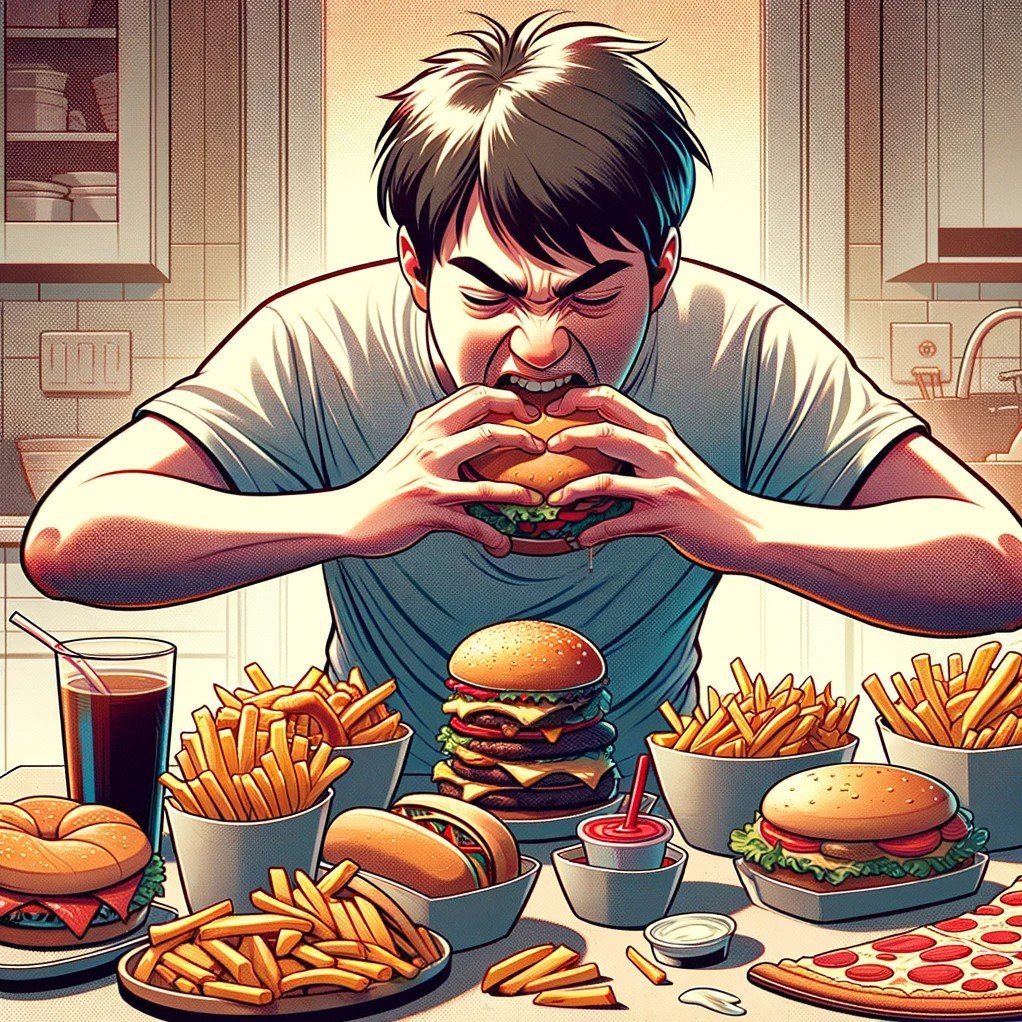
- Large Meals: Eating large meals can stress the digestive system more.
- Spicy Foods: Spicy foods may cause irritation and discomfort for some individuals.
- Caffeine and Carbonated Drinks: Some may find that caffeine and carbonated beverages contribute to bloating and discomfort.
- Rapid Eating: Eating too quickly can lead to swallowing air, which may cause bloating and discomfort.
- Certain Medications or Supplements: Some medications or supplements may contribute to digestive issues.
- Lying Down After Eating: Some may find that lying down immediately after a meal exacerbates digestive discomfort.
- Lack of Physical Activity: Regular physical activity can help promote digestion and overall gastrointestinal health. Lack of movement or a sedentary lifestyle may contribute to digestive issues.
Get advice from our experts on pain-aggravating activities post-surgery -- Schedule your appointment now
Worried about your ongoing persistent pain? Read further for some relief strategies.
What Treatment Options Are Available for Long-Term Right-Side Pain After Gallbladder Removal?
Here are some potential treatment options for different causes of persistent pain after gallbladder removal:
- Endoscopic Retrograde Cholangiopancreatography (ERCP): This procedure can diagnose and treat issues in the bile ducts. It may involve the removal of stones or the placement of stents to improve bile flow.
- Endoscopic Stone Removal: Residual gallstones in the bile ducts may be removed using endoscopic techniques.
- Medications: Medications that affect bile flow or reduce spasms may be prescribed to manage symptoms.
- Sphincterotomy: In some cases, this procedure may also treat dyskinesia.
- Dietary Modifications: Adjusting your diet to include smaller, more frequent meals and avoiding high-fat or spicy foods can help manage symptoms.
- Digestive Enzymes: Supplements containing digestive enzymes may assist in the digestion of fats.
- Physical Therapy: If the pain is musculoskeletal, physical therapy may be recommended to improve posture and address any muscle imbalances.
Get expert insights into treatment options for preventing pain post-surgery -- Book your appointment now
References:
https://wjes.biomedcentral.com/articles/10.1186/s13017-020-00336
https://www.ncbi.nlm.nih.gov/books/NBK539902/
